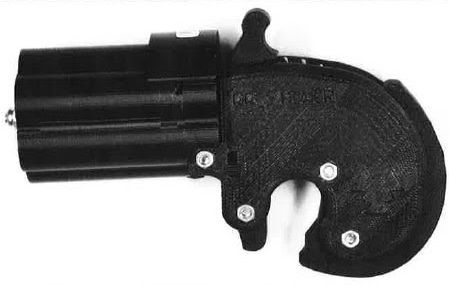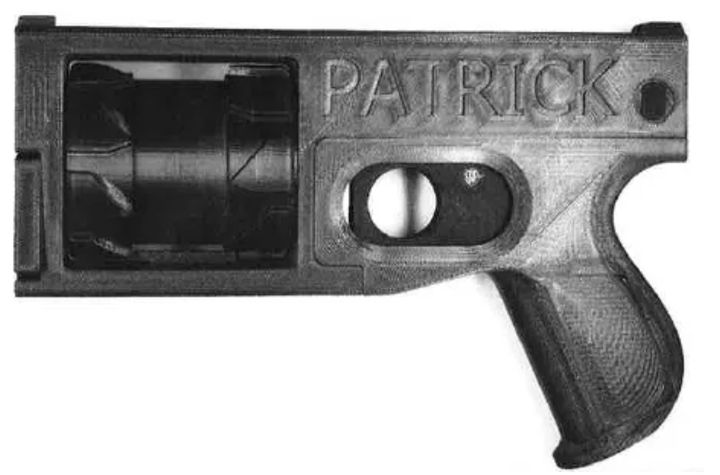
A man has been prosecuted for manufacturing a firearm using a 3D printer in what is believed to be a legal first in the UK.
Tendai Muswere pleaded guilty to a charge of manufacturing a firearm, namely a 3D printed gun, at Southward Crown Court on Wednesday.
Officers executed a drugs warrant at the Zimbabwean national’s Pimlico home in October 2017 and during the course of the operation found components of a 3D printed gun, capable of firing a lethal shot.
Muswere, who does not hold a firearms licence, told officers that he was printing the firearm for a university project.
The 26-year-old was a student at London’s Southbank University at the time of the offence and claimed not to be aware that the components he had made were capable of firing. He later refused to comment on what his film project was about.

A search of his internet search history revealed that he had viewed videos demonstrating how to use a 3D printer to manufacture firearms which fired live ammunition. The officers also discovered cannabis plants and evidence of cannabis cultivation.
A second raid on Muswere’s home in February 2018 resulted in the discovery of further components of a 3D printed gun.
Acting Detective Sergeant Jonathan Roberts, from the Central West CID, who led the investigation, said: “Muswere claimed that he was printing the firearms for a ‘dystopian’ university film project but he has not explained why he included the component parts necessary to make a lethal barrelled weapon. We know that Muswere was planning to line the printed firearms with steel tubes in order to make a barrel capable of firing.

“This conviction, which I believe is the first of its kind relating to the use of a 3D printer to produce a firearm, has prevented a viable gun from getting into the hand of criminals and is an excellent example of great partnership working between Detectives, neighbourhood police and our forensic colleagues.”
Musware will be sentenced on 9 August.
The process of 3D printing involves layering composite materials to create complex shapes and was initially used for manufacturing prototypes but is increasingly being used for consumer products.
